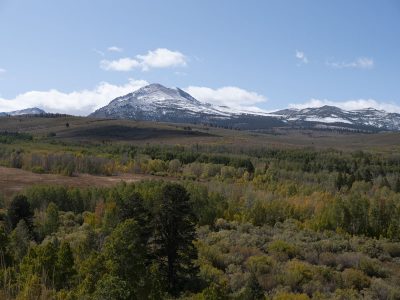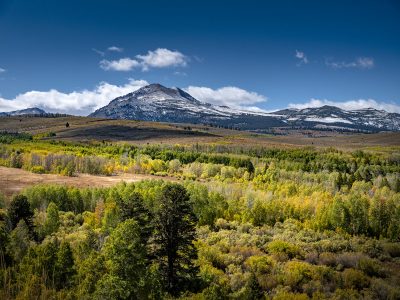
 Many photographers have strong opinions about this subject. Decades ago, I shot mostly Kodachromes (the highest-quality film of its day) and photo editing possibilities were very limited. To compensate, we used tricks like fill flash, split neutral-density and warming/cooling filters. Yes, all of this could get pretty complicated.
Many photographers have strong opinions about this subject. Decades ago, I shot mostly Kodachromes (the highest-quality film of its day) and photo editing possibilities were very limited. To compensate, we used tricks like fill flash, split neutral-density and warming/cooling filters. Yes, all of this could get pretty complicated.
Some of my old-school friends from those Kodachrome days still insist that they can get a perfect image right from the camera, no need for post processing. Many of these friends have moved by necessity to digital cameras (finding film and processing these days is a challenge) but continue to insist on shooting only .jpg format (the default for most cameras). Yes, you should make the image as great as you can from the get-go, but there’s so much more. Although correct exposure, great light and composition are still essential, for many of us that’s only the beginning.
Back in the 1930s and 1940s, Ansel Adams, our patron saint of landscape photography, was a great manipulator of images, playing with film processing times, dodging and burning (lightening and darkening specific parts of an image), and so on. I think he would have loved the current technologies.
We have a lot of modern-day Ansel Adams photo manipulators. Our platforms these days are photo editing programs like Lightroom, Photoshop, Elements, Luminar and Capture One. With these programs we can accomplish near-miracles. Shooting Camera Raw (ACR) format has enhanced photo editing possibilities even more. Plug-ins (add-ons to the above listed software programs) have widened our photo world in amazing ways. And of course, the cameras have gotten better and better.
Recently I was part of a small photo discussion group where things got pretty technical, and we were tossing around jargon like ICC profiles, Curves adjustment layers, dynamic range and much more. Everyone in the group agreed that post processing was essential to making a good image. However, I talk to many photographers who avoid computer time like the plague. I think familiarity can conquer computer phobia. Get comfortable with your preferred photo editing software. Learn keyboard shortcuts to cut down the onerous parts of editing. Take your learning one small “bite” at a time. Education yourself on techniques (there are hundreds of books on photo editing, and YouTube videos can be your friend). Attend workshops and tours with seasoned instructors.
The two photos at the upper right are typical examples. Conway Summit on the east side of the Sierras is a magical place at any season. To reproduce what my mind’s eye saw, I made the edits shown here. To me, the “straight” unedited photo appears lifeless. The second reproduces the lively colors of the fall landscape. It’s important not to get too heavy-handed with this sort of thing, however. Many photographers lean toward too much color saturation.
